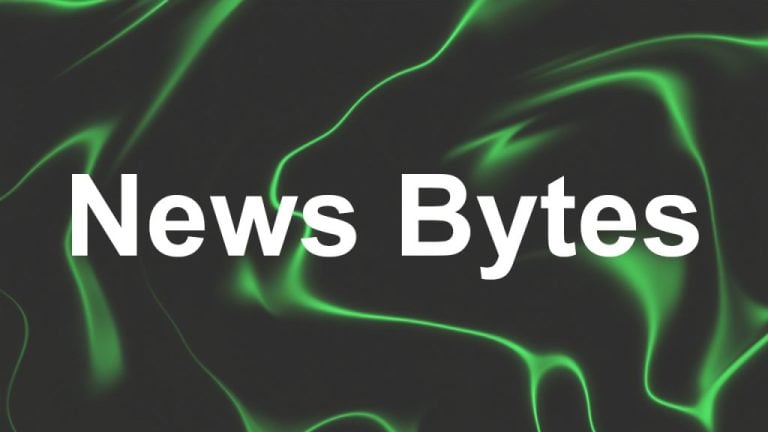What Is Polkadot OpenGov?
Since its inception, Polkadot has used sophisticated governance mechanisms that have allowed the protocol to evolve at the behest of its stakeholders.
Polkadot’s OpenGov, the first decentralized, open governance platform, gives the Polakdot community complete control of the network.
Polkadot OpenGov
Governance V1, Polkadot’s first governance system, had three primary components: The Technical Committee, The Council, and The Public. This governance system ensured the appropriate use of treasury funds and facilitated timely upgrades and fixes. However, Governance V1 had a problem. All referendums carried the same weight because only one referendum could be voted on at any given time. Additionally, the voting period could last weeks, while an alternating voting timetable allowed votes for either a public referendum or a council motion every 28 days. This meant only a few proposals were carefully considered instead of the broad consideration of many.
The introduction of Polkadot OpenGov changed the practical means of making day-to-day decisions, enabling the repercussions of referenda to be better scoped and agile. This helps increase the number of collective decisions the system can make at any given point in time.
How Does It Work?
Polkadot OpenGov allows the public to initiate all proposals. Proposals enter a Lead-in period, after which they follow a specific Track. This Track has a dedicated Origin. There are 15 Origins, each with a different Track. Origin and Track parameters are preset values that set the duration of a particular referendum and how many referenda can be voted on simultaneously.
The Polkadot Technical Fellowship then decides to whitelist a proposal, which will be enacted through the Whitelist Caller Origin. Whitelisted proposals have a shorter Lead-in, Confirmation, and Enactment Period compared to the Root Origin Track. Each Track has its own Approval and Support Curves. These are based on the Origin’s privileges. When the approval and support criteria for the proposal are satisfied (Confirmation period), the referendum passes and is executed after the enactment period.
Polkadot OpenGov also supports multi-role delegations, allowing token holders to assign voting power on different Tracks to entities that are experts in judging referenda submitted to those tracks. For example, suppose a token holder does not have the required technical background to consider merits and vote on the referenda submitted to the Root Track. In that case, they can delegate their voting power to a trusted expert who can act in the best interest of the protocol.
Polkadot OpenGov also allows anyone to start a referendum at any time and as often as required. It expanded on previous features, notably Origins and Tracks, to facilitate the flow and processing of referenda. OpenGov also allows a special operation to intervene in a proposal already being voted on. This immediately rejects an ongoing referendum regardless of its status. It also includes a provision to slash the deposit of a proposer if the proposal is malicious or spam.
Power To The Community
Polkadot OpenGov is fully autonomous, with a single group of network participants, DOT token holders, within which the Polkadot Fellowship, an expert body, is embedded. Any and every DOT token holder can be elected to the Polkadot Fellowship. The fellowship can declare proposals safe, malicious, or time-critical, facilitating the identification of malicious proposals and ensuring timely fixes.
Disclaimer: This article is provided for informational purposes only. It is not offered or intended to be used as legal, tax, investment, financial, or other advice.






